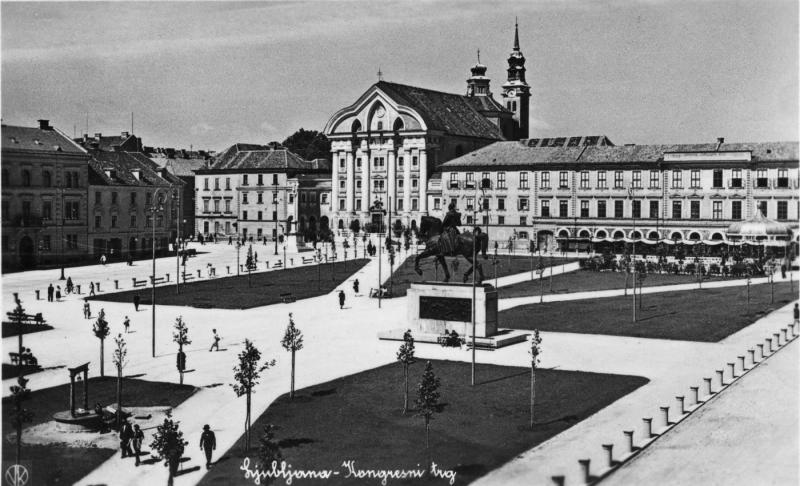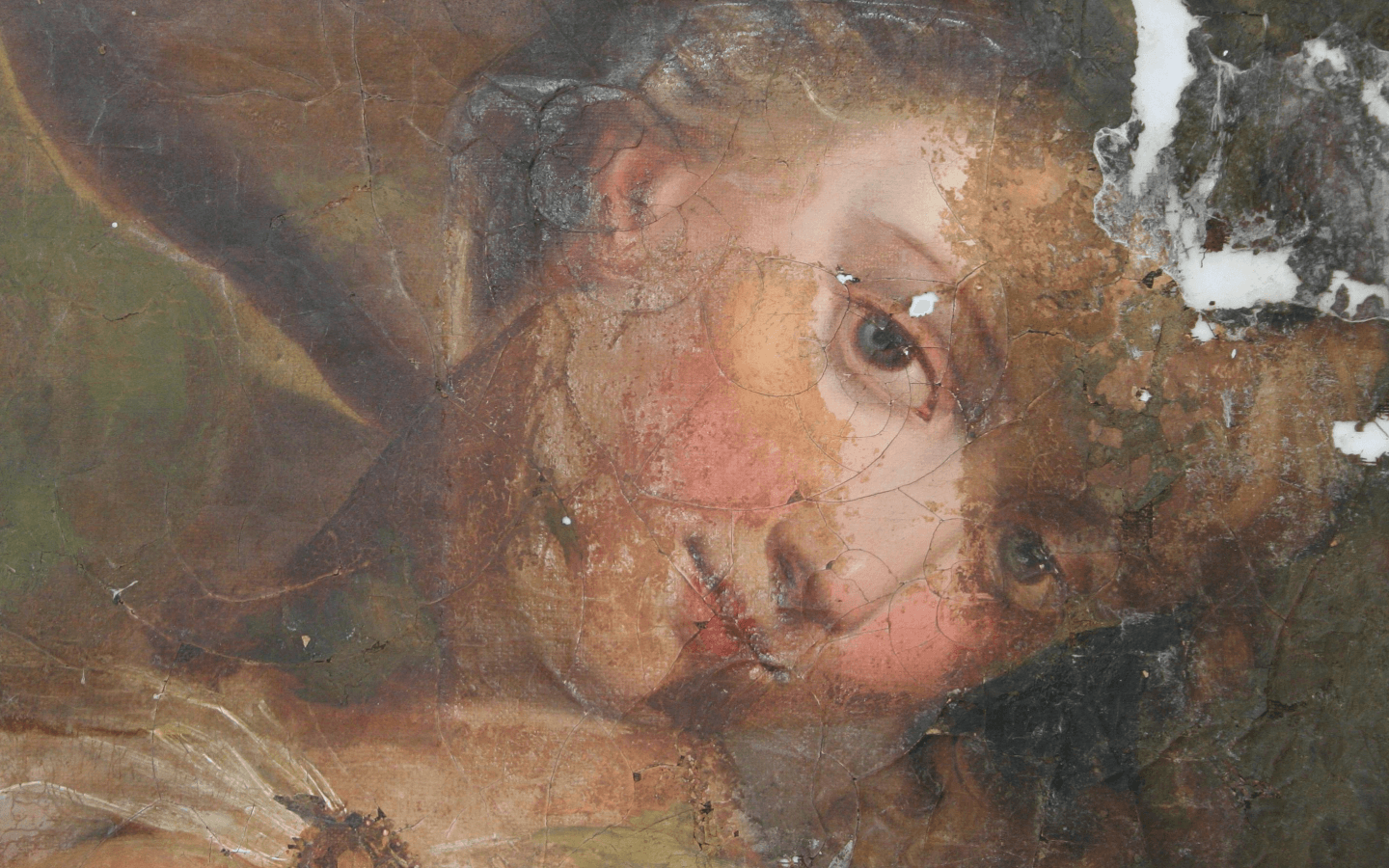The relief, the work of sculptor Jakob Savinšek, is located on the façade of the Cultural Centre in Črnomelj. It dates back to 1954 and depicts scenes from the life of the Belokran people, war scenes and a self-portrait of the sculptor himself.
Text. Nina Žbona


The relief, the work of sculptor Jakob Savinšek, is located on the façade of the Cultural Centre in Črnomelj. It dates back to 1954 and depicts scenes from the life of the Belokran people, war scenes and a self-portrait of the sculptor himself.
The relief is made up of evenly sized slabs of natural stone. It is made in three levels, with different surface stonework finishes - polished, tumbled and pointed. The levels and the different surface textures create differences in the shading of the details, which emphasises the depth and plasticity of the representation.
The condition of the material was stable, with no major structural damage visible. A small number of peelings, breaks and cracks were observed. The mortar at the joints was worn, missing or damaged in some places. Cracks and crumbling of the material were also observed. There were also additions that deviated from the original structure, indicating that they had been made at a later date. The appearance of the relief was mainly influenced by surface impurities and deposits, which appeared in various forms. The most pronounced were the brown stains which covered the whole relief, especially on the exposed surfaces and the places of retreat. Locally, thicker dark deposits also formed in these areas.
The start of the intervention was the documentation of the situation, which included measurements, the preparation of graphic templates and detailed photographic documentation and an inventory of the damage. This was followed by the implementation of test fields using different methods to remove surface dirt and deposits. Among the different approaches, a combination of water vapour, ammonium carbonate pulp and mechanical cleaning proved to be the most effective.
The surface of the relief was first cleaned with water vapour. Various synthetic fibre brushes were used on the brown spots. Thicker deposits were removed with cellulose pulps and a 10% ammonium carbonate solution. For deposits that appeared as bleach residues, X-Tex neutral cleaner was used. During the cleaning process, the removal of deteriorated mortar at the joints was carried out at the same time. This was done mechanically, using small tools such as various dental implements, scalpels and fine stone chisels.
After these procedures, the entire surface of the relief was washed with water. The final process involved filling the open joints. After preliminary tests, a mixture of natural hydraulic lime and yellow sand was selected for the replenishment, which was closest in appearance and texture to the original.
After the restoration work was completed, the relief was captured using a 3D laser scanner, which allows for accurate documentation of the condition after the work was carried out.




















